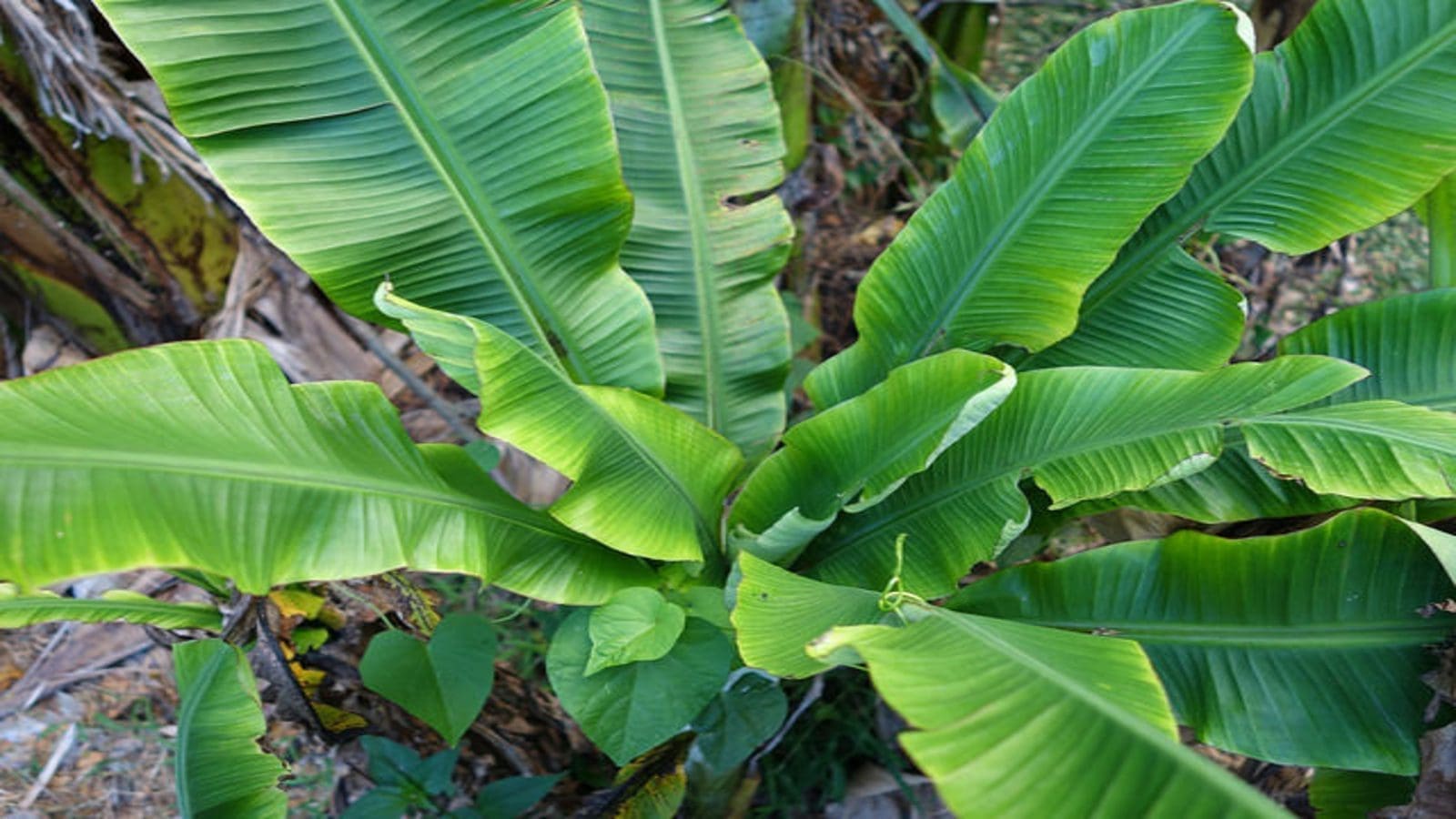TANZANIA – Tanzania’s agricultural scientists have raised an alarm over a deadly banana disease recently detected in the country that can reduce banana production by up to 90 percent as infected plants will be severely stunted.
This was after DNA samples from banana plants with typical Banana bunchy top disease symptoms from Buhigwe district in Kigoma region tested positive.
According to the researchers, this is the first time that BBTV has been detected in Tanzania and the East African region.
“BBTV or Babuvirus is considered among the most devastating banana viral diseases,” said the International Institute of Tropical Agriculture (IITA).
Infected plants are not only severely stunted and bunchy in appearance but produce none or inedible fruits.
“This reduces banana bunch production by 90 to 100 percent within two seasons”, the institute said in a statement.
The banana aphid,’Pentalonia nigronervosa’ spreads the virus and the farmers spread it further through sharing of infected planting material.
Although the disease was first reported in sub Saharan Africa in the 1950s, this is the first time it is detected in the EA region. The lead agricultural research agency, Tanzania Agricultural Research Institute (Tari) said the development was worrying.
Action needed to curb spread
“We can avert a disaster if we take an urgent action now”, said Dr. Mpoki Shimwela, Head of Banana Breeding programme at Tari.
Actions should include carrying out detailed surveys to assess the extent of disease spread in the country. Also recommended is raising awareness about disease recognition and control measures among banana growers.
According to Dr. Shimwela, the disease was detected in routine banana pests and disease surveys.
“To our best knowledge, it is the first time the virus infecting bananas has been detected in Tanzania and East Africa,” he said.
He could not say if the virus, identified during the December 2020/January 2021 survey, had been found in other regions. Although the survey was completed in January this year, the scientific results were released in September.
The IITA plant pathologist at its Dar es Salaam centre has warned that the viral disease poses a new threat to banana production in the region where it is a staple food.
Even though banana is one of the main food and cash crops in Tanzania with the popular Highland bananas among the most favored menus on the tables of millions daily, it’s not yet cultivated to its optimal potential by the smallholder farmers.
By 2016, there were 760,000 hectares under cultivation while yearly production was estimated to be 3.5 million tonnes.
Congo becomes first BBTV victim
The disease was first reported in Africa in the 1950s in the Democratic Republic of Congo (DRC) and had since spread to 15 countries, sparing the EA region.
It had a devastating effect on banana production in Malawi in the 1990s. Between 1913 and 1920, it nearly wiped out the banana industry in Australia.
According to Dr Shimwela, the viral disease can be controlled by eradicating infected mats and replanting with healthy planting material to recover banana production.
However, in the absence of resistant varieties of banana against BBTV, the most common is chemical control of the aphid vectors. Another way to help control the virus is to remove and destroy any infected plants before the virus can spread.
Globally, Tanzania is among the top 10 countries leading in production of bananas and the second in Africa after Uganda. Africa accounts for 17 percent of the global production of an estimated 100million tonnes of banana. Globally, the industry is worth US$ 28 billion.
Liked this article? Subscribe to Food Safety Africa News, our regular email newsletters with the latest news insights from Africa and the World’s food safety, quality and compliance. SUBSCRIBE HERE








